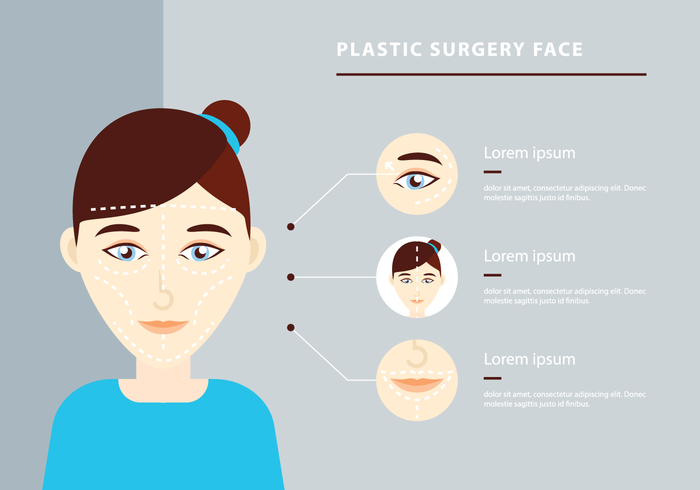Pore Strips For Blackheads Do They Work
Pore Strips For Blackheads Do They Work
Blog Article
Acne Treatment - What Are AHAs in Acne Therapy?
AHAs are a crucial component for unclogging pore blockages and brightening acne-prone skin. They work by breaking down dead skin cell accumulation to advertise more recent, fresher cells, and stopping future blockages.
Developing topical AHAs demands meticulous interest to different vital factors that considerably influence their efficiency and tolerability. Maintaining the ideal pH variety, in addition to vehicle selection and concentration, magnifies their exfoliative features while minimizing potential unfavorable reactions.
Glycolic acid
Glycolic acid is known for its moderate yet efficient scrubing properties, which promote skin's natural dropping and loosen up the "adhesive" that holds dead cells externally of the skin. This aids unclog pores and minimize the appearance of fine lines and creases, along with improve overall skin texture and tone.
Remarkably, topical glycolic acid has likewise been revealed to boost the manufacturing of collagen, which is critical in preserving skin's firmness and elasticity. It is very important to keep in mind, nonetheless, that because glycolic acid can stimulate the skin's sensitivity to sunlight, it is important to use sun block when utilizing any type of items including this component.
Skin specialists pay cautious interest to the formula of items consisting of AHAs in order to enhance their effectiveness and tolerability. Developing AHAs with the proper automobile, together with pH and concentration considerations, enables optimal skin penetration while minimizing potential damaging responses. This is specifically vital for individuals with delicate skin, considering that AHAs are recognized to be gently bothersome.
Lactic acid
Lactic acid is discovered in numerous over the counter skin care products and some more powerful specialist peels and therapies. It has the lowest molecular weight of all the AHAs and is able to penetrate much deeper right into the skin, where it is a lot more reliable at unclogging pores and scrubing.
Like glycolic acid, it additionally promotes collagen synthesis, which helps lessen great lines and creases and enhance skin structure. Furthermore, it has moisture-retention residential properties, which makes it more suitable for drier skin types than other AHAs.
The extensive body of clinical data substantiating the efficacy of topical AHAs supports their energy in a variety of skin-related ailments and visual issues. These include intricate skin restoration treatments, attenuation of fine lines and creases, lightening of hyperpigmentation, restorative intervention for actinic keratosis, and acne management [2] Optimizing the solution of AHAs by stabilizing pH, focus, and automobile choice even more enhances their healing capacity. These careful factors to consider allow dermatologists to deliver safe and reliable therapies that supply exceptional clinical outcomes.
Mandelic acid
Mandelic acid, stemmed from almonds, is one more member of the AHA family members and is a prominent ingredient in items that assist treat acne. Its bigger molecular size means it passes through the skin a lot more gradually and carefully, which can decrease the potential for inflammation. It's likewise less most likely to activate inflammation and various other skin level of sensitivity issues, making it suitable for delicate skin kinds.
Mandelic Acid is thought to help in reducing inflammation and boost hydration. It functions by loosening the sculptra bonds in between dead skin cells, enabling them to shed and disclose fresher-looking skin. It likewise helps reduce the look of enlarged pores.
Developing topical products with AHAs requires a specific balance of vital aspects that considerably influence their effectiveness and tolerability. Specifically, the pH of an AHA formula has been revealed to play a vital role in its capability to promote peeling and improve complexion and structure. Achieving this optimum concentration is a tough goal and calls for precise focus to the different variables that affect the solution process.
Citric acid
Citric acid, found in citrus fruits such as oranges and lemons, is a moderate AHA. It's less bothersome than glycolic or lactic acid, making it better for delicate skin. It also has astringent buildings, helping to dry excess oil.
Like other AHAs, citric acid can be utilized in chemical peels and day-to-day active/maintenance therapies to exfoliate the skin and promote cell turn over. It can help reduce the appearance of dark places and hyperpigmentation, as well as great face lines.
It can also boost the synthesis of glycosaminoglycans, which play an important function in reinforcing the skin barrier function. This aids to prevent trans-epidermal water loss, and keep optimal hydration degrees in the skin [35]
AHAs can be incorporated with relaxing components such as ceramides or hyaluronic acid to boost their tolerability. They can be incorporated right into day-to-day active/maintenance skincare with lotion or serum formulas. This permits specialists to customize their AHA therapies based on individual demands and preferences, with the versatility of picking from different treatment strengths or focus.